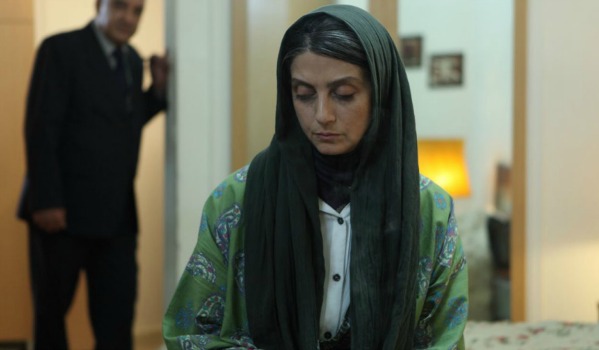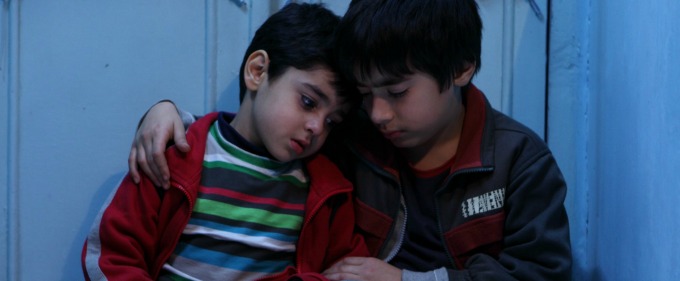ACRID, Iranian filmmaker Kiarash Asadizadeh’s debut feature, takes the audiences on a tour of contemporary Iran, exploring social issues and offering moments of contemplative drama. In its interweaving of a varied cast of interconnected characters, it resembles sprawling ensemble dramas such as Paul Thomas Anderson’s MAGNOLIA and Robert Altman’s SHORT CUTS. However, the most obvious point of reference is Michael Haneke’s CODE UNKNOWN. In a similar fashion, it exposes the hostility and alienation simmering underneath everyday society. Traces of fellow Iranian directors Abbas Kiarostami and Ashgar Farhadi, specialists in low-key but riveting personal dramas also feature. Like their films, conflict between characters hinge on differing perceptions of truth and the unbridgeable gap between two people’s experiences.
The characters making up Asadizadeh’s drama come from all walks of life, and are connected by family, careers, or simple chance circumstance. They act both as professionals and among their loved ones, adopting and taking on different personae. This is mirrored in the female nurses and teachers, swapping their conservative black hijabs for brightly-coloured head-scarves when going off duty. The conflicts similarly straddle the professional and personal realms. The film begins with a senior nurse reprimanding her subordinate for losing her temper with a disabled patient. Her calm, unflappable demeanour at work continues into the home, where it becomes a point of conflict with her husband. Throughout the film, characters suffer for their pride, or for chafing against their prescribed roles in a society divided along lines of class and gender.
“ACRID leaves so many characters in limbo, un-moored from connection…”
ACRID plays off contrast to great effect. Frequently shooting his actors in mid-length shots without cutting away, Asadizadeh changes this style at key moments. Arguments are filmed with close-ups and rapid cross-cutting to increase the tension. The use of low-grade digital video translates the world into shades of grey, only further emphasising the odd splash of colour when it appears. Where the majority of the film is treated in a realistic fashion, there’s one moment of strange ambiguity — the film’s long ending segment among the students at a university far from Tehran. One female student, previously seen hanging out with her friends and tentatively pursuing a relationship with another classmate, collects shells alone on the beach. Holding a shell to her ear and staring out at the crashing waves, she suddenly starts crying and collapses onto the sand. She has realised her boyfriend has cheating on her. This is confirmed when she confronts him. Where did this insight come from? The film doesn’t provide us with simple answers. It’s an uneasy and powerful moment, all the more so for passing without explanation.
ACRID leaves so many characters in limbo, un-moored from connection. The brief moment of love and comfort with which Asadizadeh ends the film acts as a kind of respite for the audience. It also returns to the set of characters at the start of the film, the resulting circularity of the structure binding all the characters together, no matter how isolated they may feel.
ACRID sceens at 5.45pm on Friday 5th September, as part of The Cambridge Film Festival.


